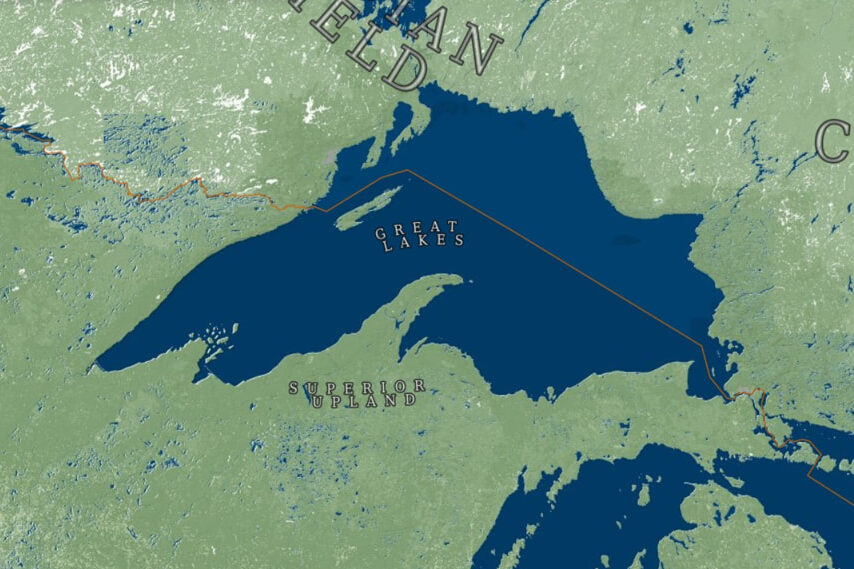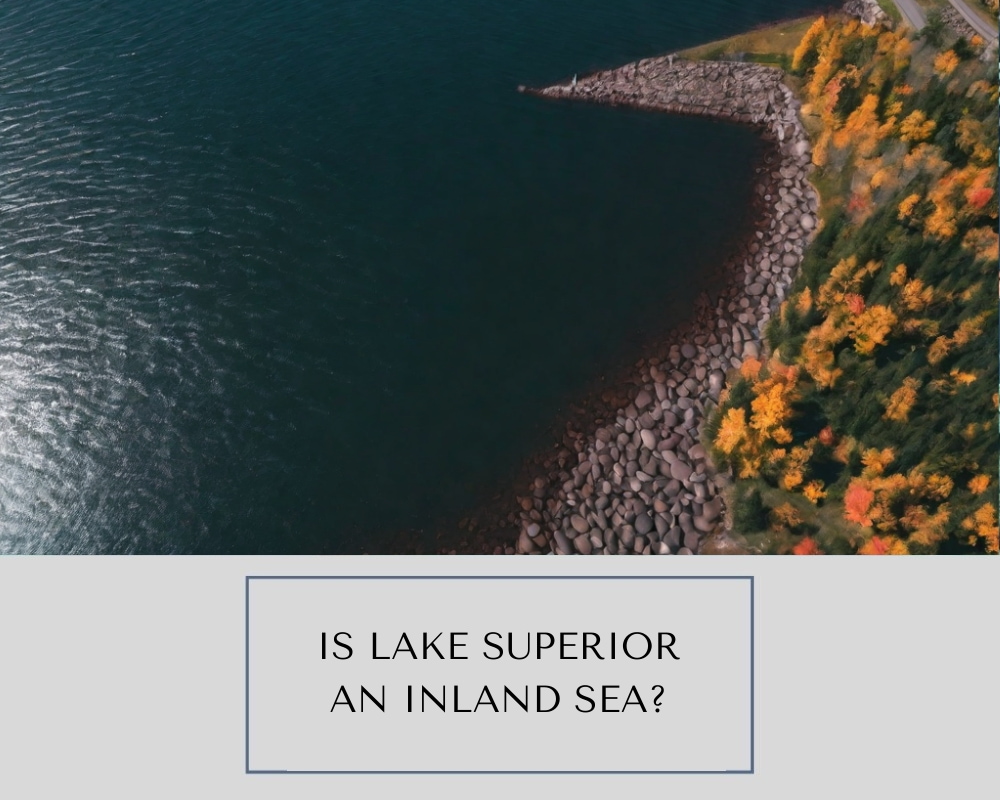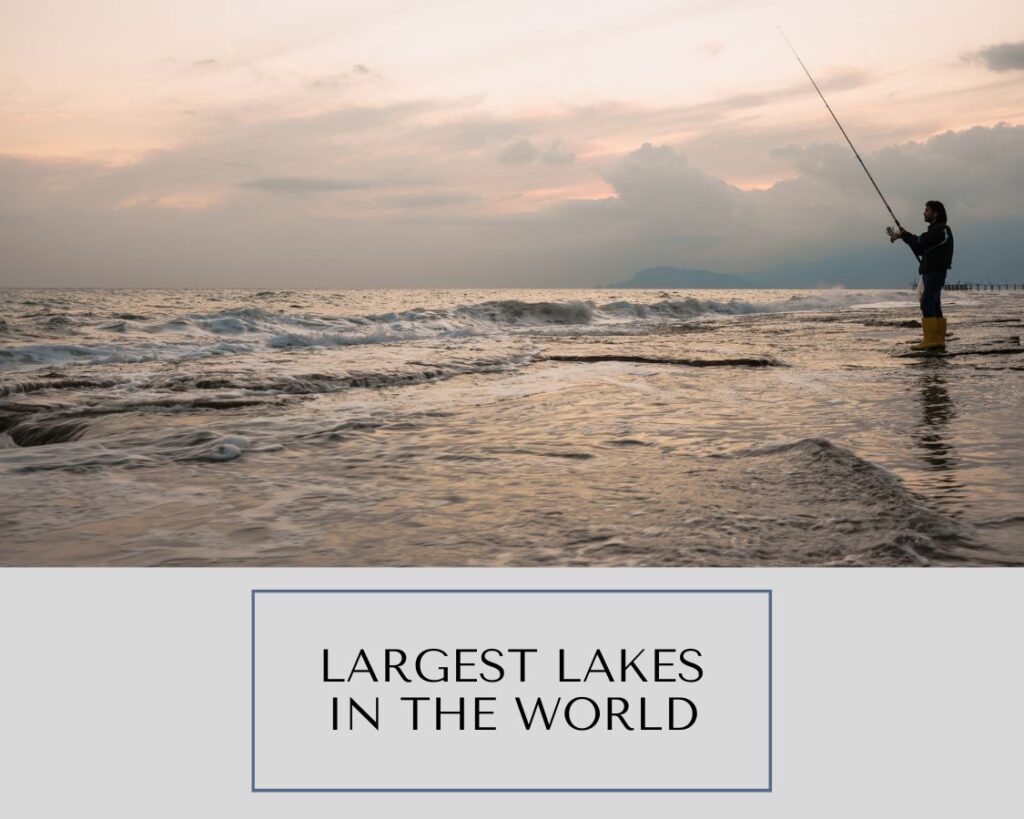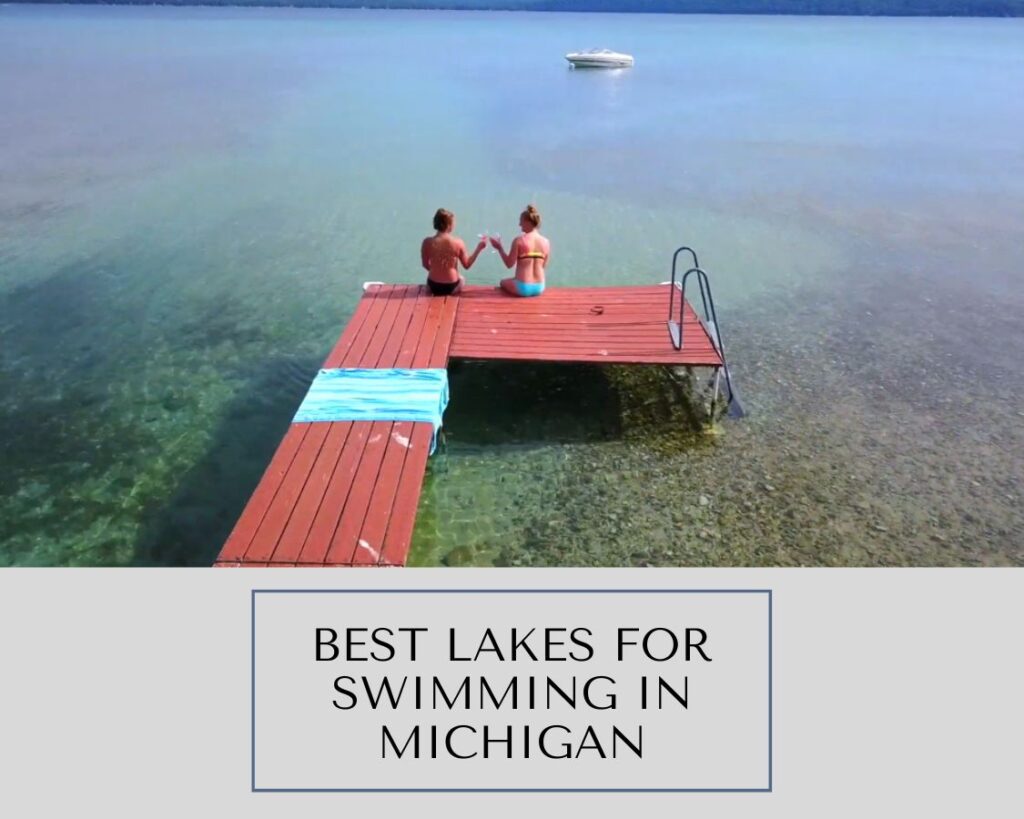Have you ever seen a lake so big that it felt like an ocean? In North America, we have exactly that – Lake Superior. It’s large size has often led people to question: Could this enormous lake actually be an inland sea?
Lake Superior isn’t another lake. It happens to be the largest freshwater lake in the world if we’re talking about surface area. Now, when something is this colossal, of course, it’s going to create discussions and capture imaginations. The big debate is whether we should classify the vast Lake Superior as an inland sea due to its incredible size. Further fueling this debate are the unique characteristics that make Lake Superior more than just an ordinary lake.
The Case for Lake Superior as an Inland Sea
We all know that oceans are vast and immense, but guess what? Lake Superior is a pretty remarkable size as well. Its surface area spans over 31,700 square miles, which is large. Many explorers and travelers who’ve ventured into or across its waters have often observed that its deep waters and unpredictable, wild weather are very like what we encounter in the ocean. If we consider these characteristics, wouldn’t it make sense to classify Lake Superior as an inland sea?
Another contributing factor to Lake Superior being compared to a sea is its weather patterns. Like the ocean, the weather on Lake Superior can change quickly. A calm, sunny morning can quickly escalate to a stormy afternoon. This unpredictable nature of the lake is very similar to the sudden storms faced by the Pacific Ocean. If a body of water holds such a striking resemblance to the ocean, wouldn’t classifying Lake Superior as an inland sea be justified?
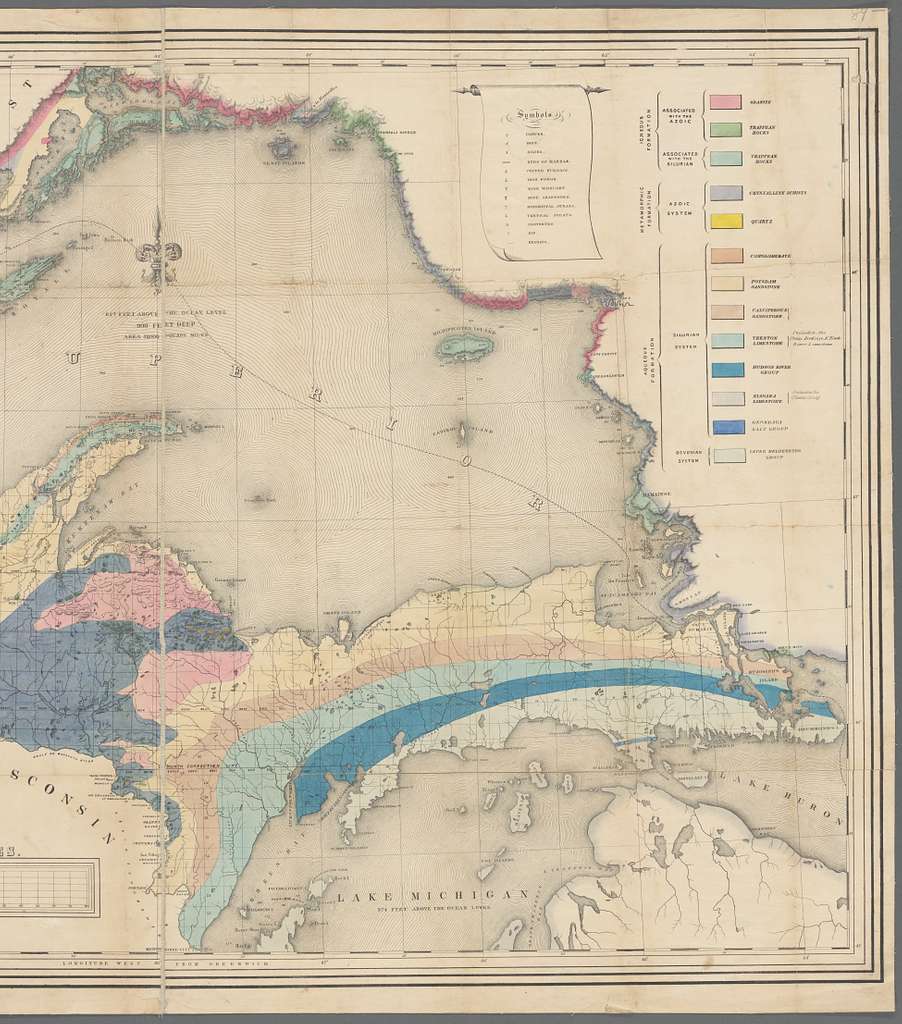
Addressing Counterarguments
From a technical perspective, a sea is defined as a body of saline or salty water that’s partially surrounded by land. According to this definition, Lake Superior, despite its incredible size, is a lake because, unlike a sea, its water is fresh. But, should we disregard its vastness and purely categorize it on the basis of it being a freshwater body?
Understanding the classification of ‘The Great Lakes’ is crucial as well. Lake Superior is part of this system of five interconnected bodies of freshwater. Among these, Lake Superior is unique, taking its size and characteristics well beyond a typical lake. It’s this uniqueness that adds a whole new depth to the debate and gives us a fascinating glimpse into the intricacies of North America’s geography.
Scientific Perspective
The debate revolving around the classification of Lake Superior is very active within the scientific community as well. Researchers who focus on inland waters, known as limnologists, and experts in ocean science, or oceanographers, have both contributed interesting insights and perspectives to this ongoing discussion. It appears scientists opinions are divided, and both sides are adding new dimensions to the conversation.
There are even geological studies that suggest there might be a connection between the Great Lakes, including Lake Superior, and ancient seas, maybe even existing beneath its surface. This possibility keeps adding fuel to the fiery debate of whether Lake Superior is an inland sea or not. However, as evidence continues to amass and new research insights are discovered, we get a step closer to unraveling this enigma.
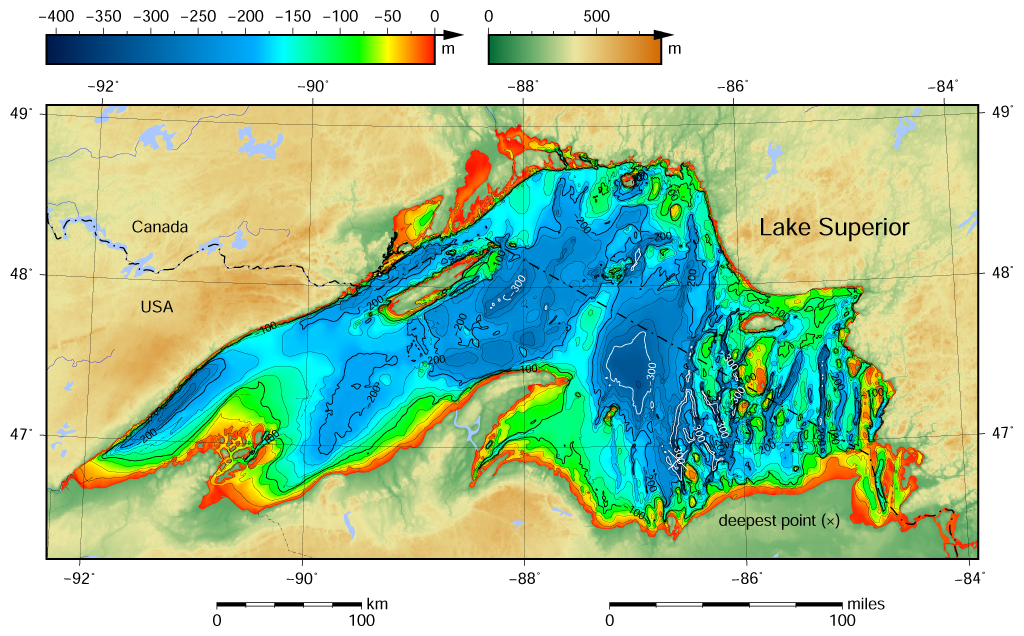
Environmental Significance
Lake Superior is a home to a fantastic variety of plant and animal life, creating its unique ecosystem. In fact, it’s one of the most rich and diverse freshwater habitats on Earth. Everything from tiny microorganisms in its depths, to large fish species and a variety of bird species, depend on the lake for survival. Some of these birds have made it their permanent home, while others stop by during yearly migrations. This rich biodiversity means that Lake Superior isn’t just a water body; it’s a thriving, lively community.
Aside from being a haven for plants and animals, Lake Superior also plays essential roles in the human world. Its enormous waters contribute to people’s economic lives, enabling shipping and commercial fishing industries to thrive. It’s also a favorite spot for outdoor recreational activities. People from nearby communities, and even tourists, come to hike its shores, camp under its open skies or engage in thrilling water sports. The beauty of the lake also inspires many forms of art, attracting photographers, painters, and poets who take advantage of the stunning vistas the lake offers.
The Ecosystem of Lake Superior
Moving forward, let’s take a closer look at the ecosystem of Lake Superior. It is home to many living organisms which make it a unique and vibrant habitat. Starting from microscopic plants and animals floating in its waters to larger fish species that hunt in its depths, the ecosystem of Lake Superior is a buzzing network of life. Its waters also host an ample array of bird species. Some of them are locals that live there year-round, while others are migratory, paying a visit during specific seasons. This mix of local and migratory species adds to the rich biodiversity of Lake Superior.
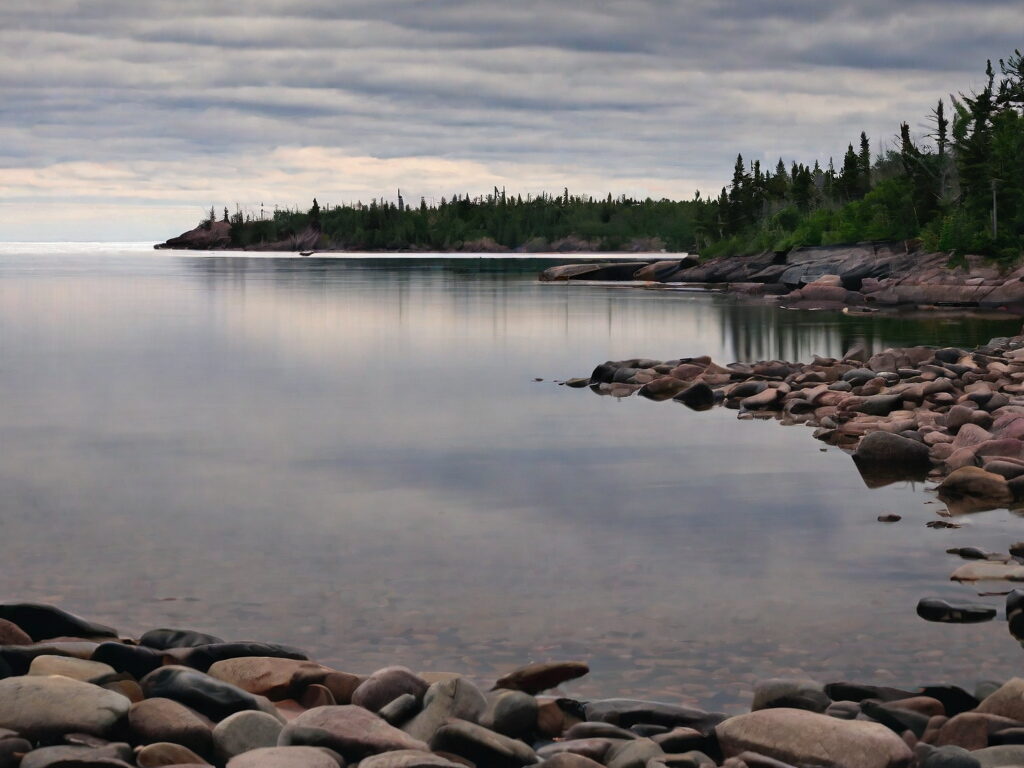
The Geological Wonder of Lake Superior
The tale of Lake Superior goes back a billion years to a time when volcanic activity created it. Studies tell us that the lake’s foundation shares traits with primeval oceans. Can you imagine an ancient sea right in the heart of North America? This information makes Lake Superior an even more exciting place.
Cultural Significance of Lake Superior
Lake Superior is a source of inspiration for local cultures. The indigenous Anishinaabe people, for example, call it “Gichi-Gami,” which means “great sea.” This mighty water body makes its way into the songs, stories, and legends of these people. The impact Lake Superior has on these cultures is immense.
Additionally, fishing and shipping are significant parts of local industries here, historically rooted in the lake’s resources. The area also offers many recreational activities. Its breathtaking beauty attracts artists, photographers, and poets who seek inspiration in its ever-changing moods and quiet majesty.
Conservation of Lake Superior
Now, you might agree that Lake Superior is indeed exceptional. But maintaining its beauty and health is equally important. As appreciation for Lake Superior grows, so does the recognition of its need for protection. Many organizations work tirelessly to keep its waters clean and safe for all the plant, bird, and fish species. They also strive to raise awareness about the need for conservation. This is crucial because protecting Lake Superior means protecting its beauty, maintaining its vibrant ecosystem, and preserving its recreational benefits.
Conclusion
We’ve covered many different viewpoints on the question of whether Lake Superior might be an inland sea. Although its size and distinct attributes lean toward this possibility, it is, after all, a freshwater lake, which takes it away from being classified as a sea.
The important point to keep in mind is that regardless of how we classify it, Lake Superior is a natural wonder. Its tidal-like waves, mysterious depths, and diverse ecosystem are treasures to behold. Whether we settle the debate or not, Lake Superior’s splendor needs respect, care, and preservation.
The role of scientific study and exploration in this ongoing dispute is critical. These efforts draw us closer to a clearer understanding of this complex issue. Nonetheless, no matter if we categorize Lake Superior as an inland sea or a lake, it remains a unique gem of the natural world, deserving of our appreciation and protection.
